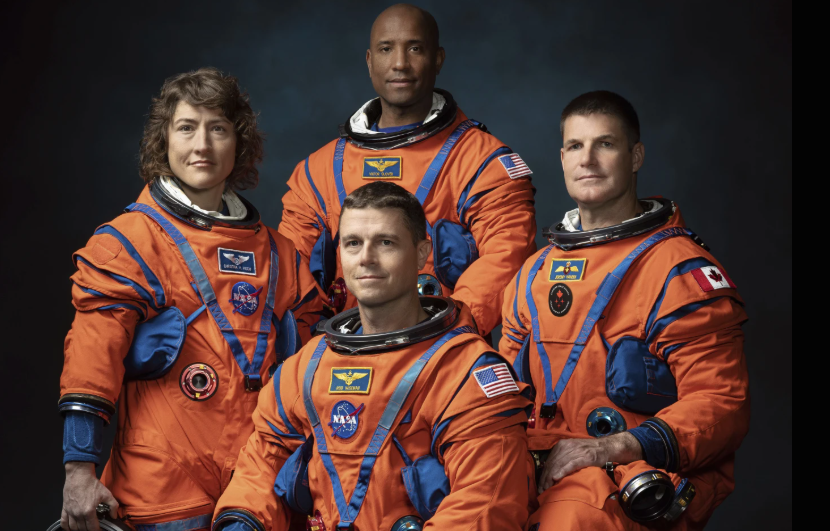NASA announced additional delays on Thursday regarding the return of astronauts to the moon, more than 50 years after the Apollo missions. Administrator Bill Nelson revealed that the next Artemis mission, which involves sending four astronauts around the moon and back, is now scheduled for April 2026. Originally set for September 2025, this mission had already been delayed from its initial timeline.
Officials explained that the delay was due to the time needed to investigate heat shield damage from the capsule’s test flight two years ago, as well as the ongoing need for improvements to other spacecraft components.
As a result, the third Artemis mission, which aims to land two astronauts on the moon, has been pushed back to at least 2027, a year later than the original target of 2026. So far, NASA’s Artemis program has completed only one mission: an uncrewed Orion capsule that orbited the moon in 2022 after launching on NASA’s new Space Launch System rocket.
Despite a successful launch and lunar orbit, the capsule returned with significant damage to its bottom heat shield, which was excessively charred and eroded from the intense heat during reentry. It took engineers until recently to identify the cause of the damage and develop a solution.
NASA plans to use the Orion capsule with its original heat shield for the next mission, which will carry four astronauts, according to Administrator Bill Nelson. However, they will modify the reentry path at the end of the flight to avoid similar issues. Replacing the heat shield entirely would have caused at least a year-long delay and further postponed the planned moon landing, officials explained.
During the previous flight test, the capsule was deliberately made to dip in and out of the atmosphere during reentry, causing gases to build up in the heat shield’s outer layer. This resulted in cracking and uneven shedding of the material.
Astronaut Reid Wiseman, who will command the upcoming lunar fly-around mission, participated in Thursday’s news conference at NASA headquarters in Washington. His crew includes NASA astronauts Victor Glover and Christina Koch, along with Canadian astronaut Jeremy Hansen.
“Delays are frustrating, and slowing down is painful—it’s not something we enjoy,” said astronaut Reid Wiseman. However, he emphasized that he and his crew wanted to fully understand the heat shield damage from the first flight, no matter how long it took. With that issue now resolved, they can focus on the next steps with the decision behind them.
During NASA’s historic Apollo program, 24 astronauts flew to the moon, with 12 of them landing on its surface. The last footprints were left during Apollo 17 in December 1972.
Bill Nelson, NASA Administrator, stated that the revised schedule still ensures the U.S. will return astronauts to the moon before China, which has set a 2030 target for its crewed moon landing.
Nelson also mentioned that all Artemis contractors, including Elon Musk’s SpaceX, have been urged to “double down” to meet the updated deadlines. SpaceX’s Starship, a mega rocket currently undergoing frequent test flights from Texas, will be used to transport astronauts from the Orion capsule in lunar orbit to the moon’s surface during the first two Artemis missions.
Nelson also revealed that he had invited Jared Isaacman, the billionaire space tourist nominated by President Trump to lead NASA, to visit NASA headquarters in Washington.

